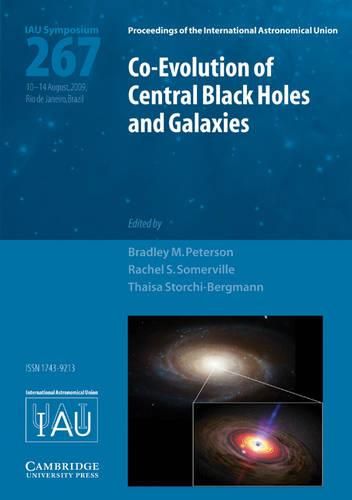Readings Newsletter
Become a Readings Member to make your shopping experience even easier.
Sign in or sign up for free!
You’re not far away from qualifying for FREE standard shipping within Australia
You’ve qualified for FREE standard shipping within Australia
The cart is loading…






IAU Symposium 267 assesses the diverse observational and theoretical attempts to answer the complex question of how quasars physically evolve and how their evolution is tied to those of the host galaxies in which they are found. The emerging theme is that quasars are not only tracers of the evolution of galaxies; they are agents of that evolution. The central black holes in galaxies grow by accretion during a quasar-like phase. However, the accretion process itself eventually produces energetic feedback in the form of intense radiation, massive outflows, and jets, which heat and perhaps remove entirely the interstellar medium of the host galaxy, effectively shutting down star formation. These up-to-date reviews of this dynamic field have particular appeal to newcomers to the field or anyone interested in the ‘big picture’ of how galaxies and black holes evolve over cosmic time.
$9.00 standard shipping within Australia
FREE standard shipping within Australia for orders over $100.00
Express & International shipping calculated at checkout
IAU Symposium 267 assesses the diverse observational and theoretical attempts to answer the complex question of how quasars physically evolve and how their evolution is tied to those of the host galaxies in which they are found. The emerging theme is that quasars are not only tracers of the evolution of galaxies; they are agents of that evolution. The central black holes in galaxies grow by accretion during a quasar-like phase. However, the accretion process itself eventually produces energetic feedback in the form of intense radiation, massive outflows, and jets, which heat and perhaps remove entirely the interstellar medium of the host galaxy, effectively shutting down star formation. These up-to-date reviews of this dynamic field have particular appeal to newcomers to the field or anyone interested in the ‘big picture’ of how galaxies and black holes evolve over cosmic time.